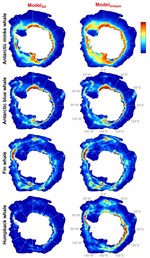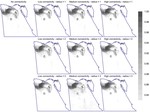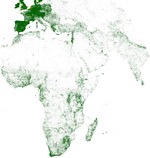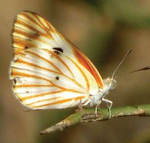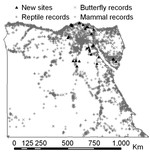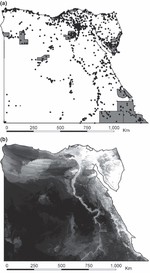Biography
I am a conservation ecologist trained in Egypt (BSc), the UK (MRes), and Germany (Dr. rer. nat / postdoc). I am interested in spatial-, quantitative-, and macro-ecology, biogeography, and biodiversity conservation. I am particularly interested in data and methodological challenges in this realm.
My research is mainly focused on studying the spatial distribution of biodiversity and the prioritization of conservation efforts. I am interested in understanding factors determining species distributions in time and space, mainly using the overarching methods of species distribution modelling.
During my master research at the University of Nottingham (UK - 2011/2012), I modelled the distribution of the Egyptian reptiles under current and future climates, and studied the the potential impact of anthropogenic climate change on them [Read more]. Then, as a doctorate student at the University of Freiburg (Germany - 2014/2018), I studied some issues affecting the reliability of presence-only species distribution models for wildlife conservation in developing countries [Read more].
From 2018 to 2022, I was as a postdoctoral researcher at the Alfred Wegener Institute (AWI), Helmholtz Centre for Polar and Marine Research, Germany. I modelled the spatio-temporal distribution of baleen whales in polar areas, particularly in the Southern Ocean, using visual observations and passive acoustic monitoring (PAM) data.
Currently, I am a postdoctoral researcher at the Department of Community Ecology, Helmholtz Centre for Environmental Research (UFZ). My current research focuses on modelling of the distribution and evaluating threats of invasive alien plant species across Europe, a part of the biodiversity Digital Twin project (BioDT).
Interests
- Spatial Ecology
- Macroecology
- Biodiversity
- Conservation
- Ecological Modeling
- #Rstats
Education
-
Dr. rer. nat. in Biometry and environmental system analysis, 2018
University of Freiburg, Germany.
-
MRes in Conservation Biology, 2012
The University of Nottingham, UK.
-
BSc in Zoology, 2005
Suez Canal University, Egypt.




